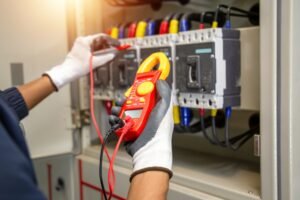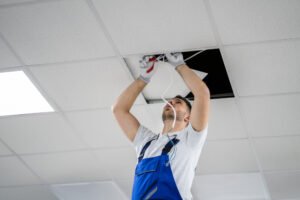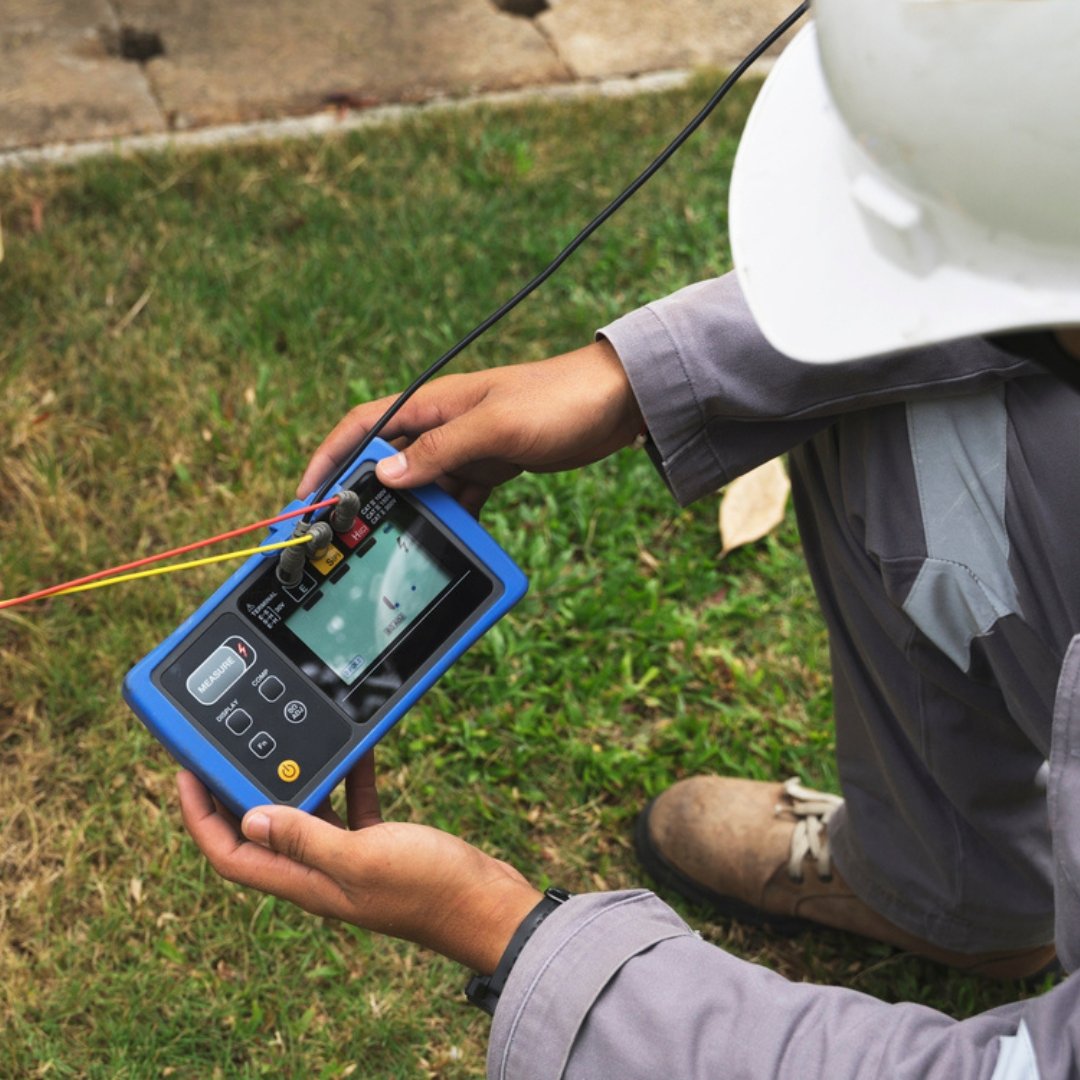What is Electrical Testing & Tagging and Why is it Important?
In today’s safety-conscious world, ensuring that electrical equipment is functioning properly and safely is not just good practice — it’s a legal and moral responsibility. This is where electrical testing and tagging comes into play. From industrial environments and office spaces to schools and hospitals, electrical testing and tagging is a critical part of risk management and compliance. To Know More Click Here

What is Electrical Testing & Tagging?
Electrical testing and tagging, often referred to simply as Test and Tag, is the process of:
- Visually inspecting electrical appliances and equipment for any damage or wear.
- Electrically testing them with specialized portable appliance testers (PAT).
- Tagging the equipment with a durable label that indicates the test date, next due test, and the technician’s details.
This ensures that each device is safe to use and remains compliant with local workplace safety standards.
Why is it Important?
- Ensures Safety of People and Property
Faulty electrical devices can lead to fires, electric shocks, or even fatalities. Regular testing minimizes these risks by identifying hazards before they cause harm. - Compliance with Regulations
Many countries mandate regular testing and tagging under workplace safety laws (e.g., AS/NZS 3760 in Australia). Non-compliance can lead to fines, insurance issues, or legal action. - Reduces Equipment Downtime
Preventive maintenance through regular testing helps detect potential failures early, keeping critical equipment operational and reducing unexpected downtime. - Boosts Workplace Confidence
When staff and visitors know that appliances are regularly tested and tagged, it boosts confidence in the safety of the work environment. - Insurance Requirements
Some insurance policies require proof of regular electrical maintenance. Testing and tagging helps meet those criteria, making claims smoother if needed. To Know More Click Here

Who Needs Testing and Tagging?
- Offices and Commercial Spaces
- Construction and Mining Sites
- Workshops and Factories
- Schools and Educational Institutions
- Healthcare Facilities
- Event Venues and Pop-up Installations
Essentially, any business or environment using electrical equipment in a public or shared space should implement a test and tag program.
How Often Should it Be Done?
The frequency of testing and tagging depends on:
- The type of environment (e.g. construction sites require more frequent testing).
- The nature of equipment use (high-use or high-risk tools need more regular checks).
- Local laws and guidelines.
For example, in high-risk areas like construction, equipment might need testing every 3 months, whereas in a low-risk office environment, it could be every 12–24 months. To Know More Click Here

Conclusion
Electrical testing and tagging is more than just a checkbox activity — it’s a vital part of maintaining a safe and compliant workplace. By identifying faults early and ensuring equipment is safe for use, test and tag services protect lives, assets, and reputations.Safetag understands the importance of workplace safety and offers dependable solutions that support your electrical testing and tagging needs — because protection begins at the core.
SafeTag – Your Safety Partner in New Zealand
Ensure workplace safety and compliance with SafeTag’s professional testing services. We offer certified solutions for Electrical Testing & Tagging, RCD Testing, Microwave Leakage Testing, and Portable Appliance Testing (PAT). Trust our experts for hassle-free, on-site service tailored to your business needs.




